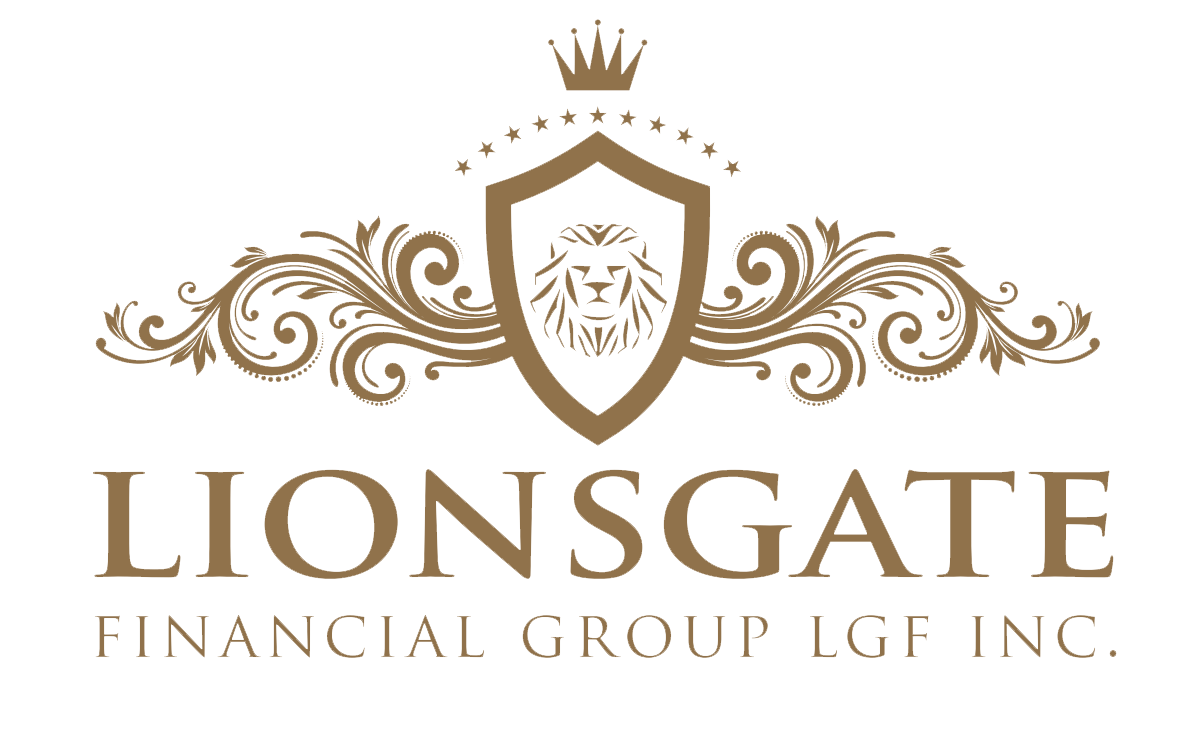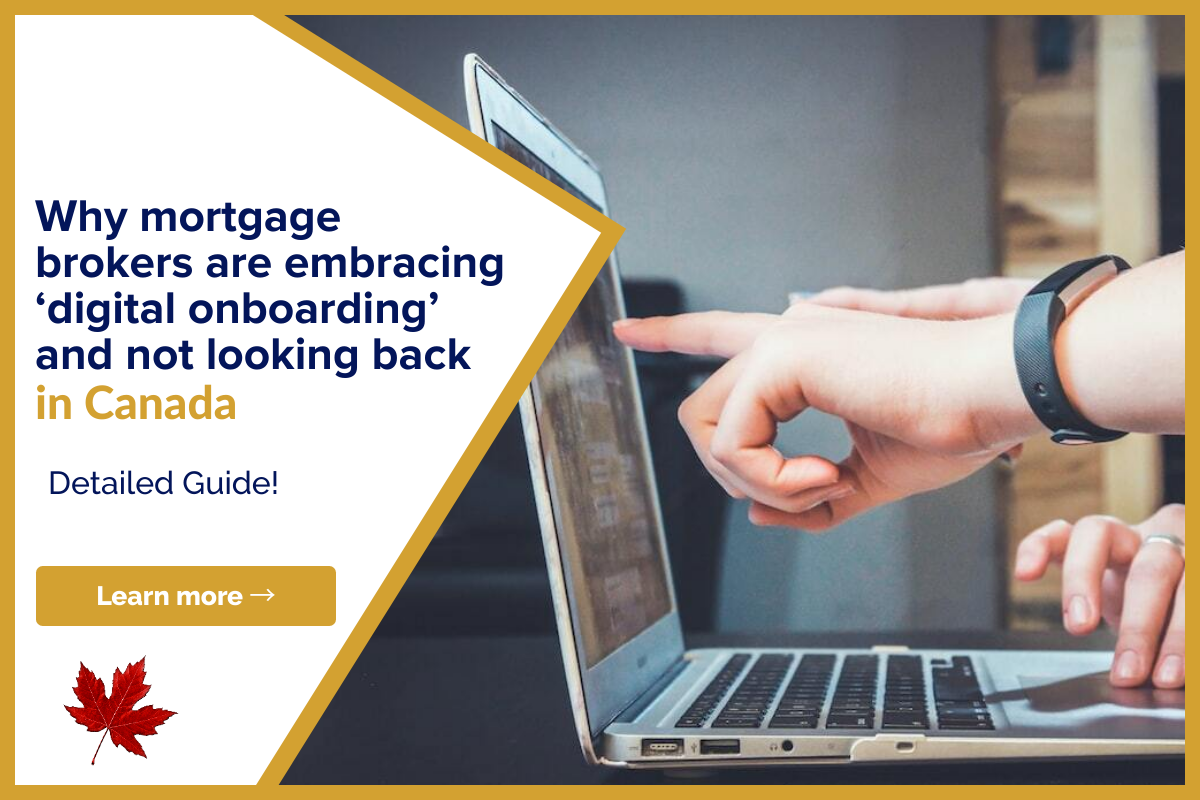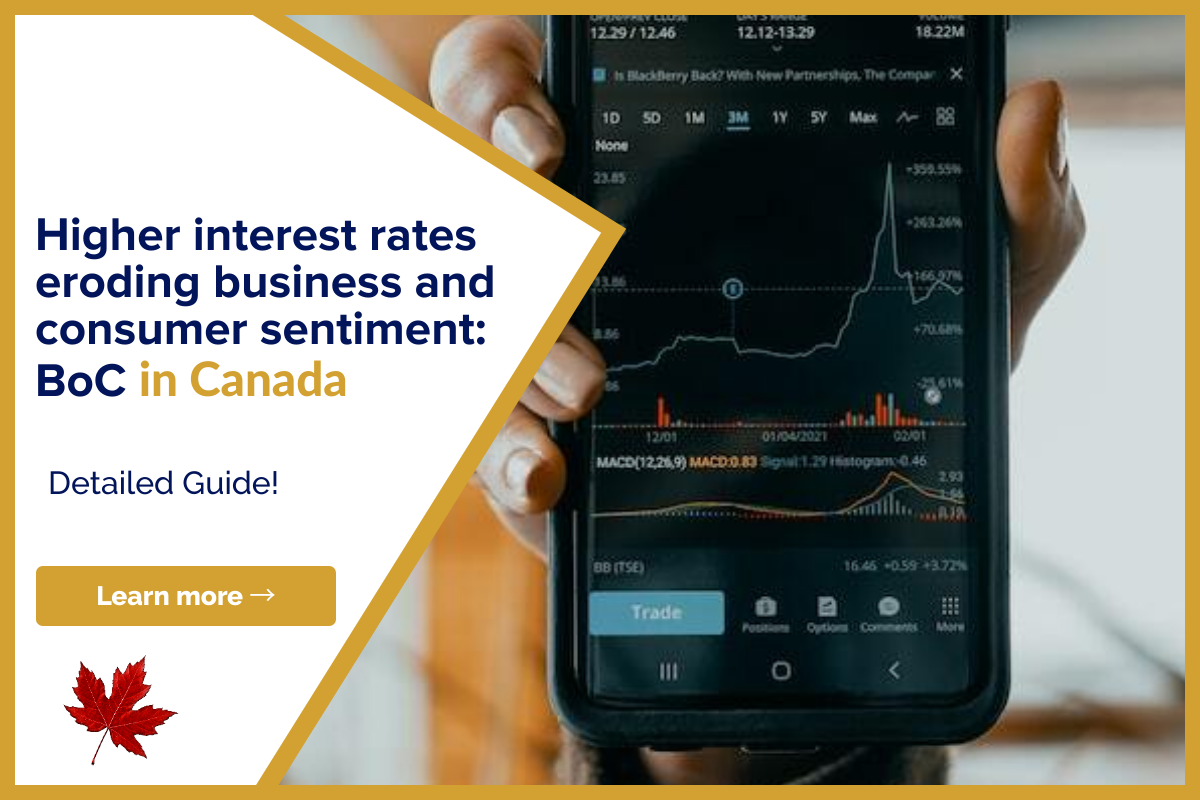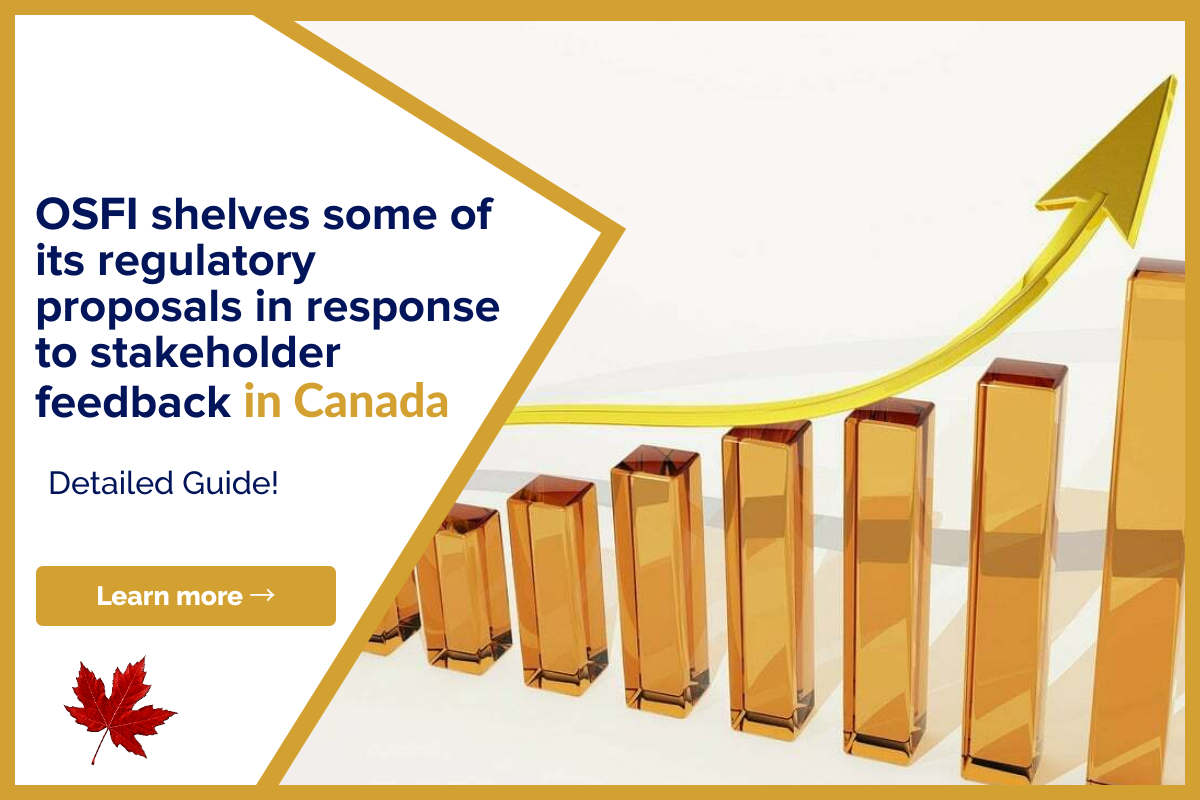During the early days of the mortgage business, brokers would require a lot of paperwork…
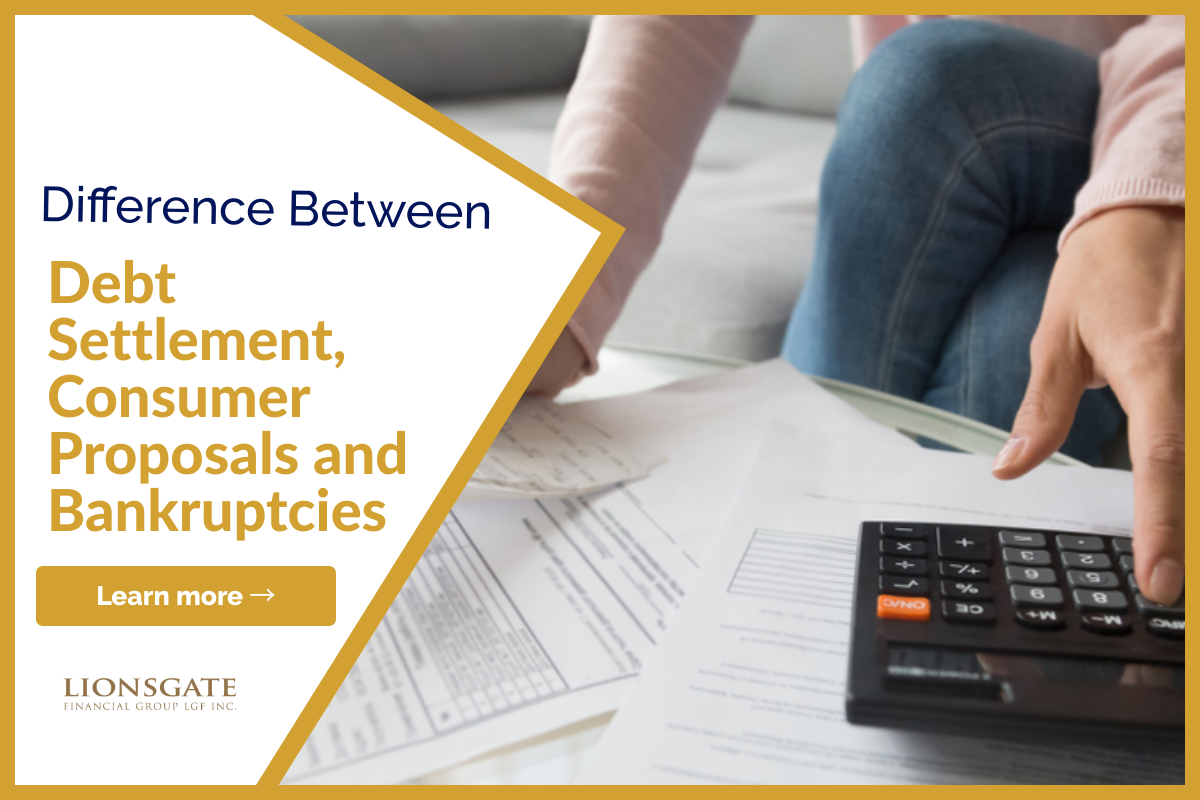
Difference between Debt Settlement, Consumer Proposals and Bankruptcies
Now you can listen to our blog, “Difference between Debt Settlement, Consumer Proposals, and Bankruptcies”, while on the go.
Have you ever set against debt settlement, bankruptcy, and consumer proposal? Getting to know each one is important now than ever before as today Canadians are carrying more consumer debt than ever before. While many can afford to pay their payments monthly or yearly, many face hardships too.
Debt Settlement vs Consumer Proposals vs Bankruptcies
Mounting debt and financial hardships are usually self-inflicted, in the shape of overspending or poor money management. But it can also be caused by circumstances that are beyond control.
However, there are ways that borrowers can use to find a sigh of relief for them when they are in extreme financial hardship. This article is a guide to serve the needs of all those who are looking for the difference between debt settlement, bankruptcy, and consumer proposal. We will also discuss which one is a better option for you.
Let’s start with the main differences between each one, their benefits and drawbacks to start with.
Debt Settlement
Debt settlement is an arrangement where a debt settlement company makes a customized offer to make smaller payments over time for less than what you owe. These payments are either for a one-time or in a lump sum.
The lump sum can be anywhere between 20 percent and 80 percent of the total amount owing. It is important to mention here that your creditor needs to agree on the term on which the offer is made. You can include credit cards, consumer loans, and lines of credit in the debt settlement.
One main benefit of debt settlement is to get the leverage of settling your debts without having to pay the full amount. It is like a way to get out from under a high interest rate and bring the payment to your affordability by monthly payments.

Although debt settlement is a better option in many cases, it also has its drawbacks. For instance, you have to have the money upfront to settle your payments. Those who do not have the money upfront will struggle to settle their debt.
Also, the risk is higher in debt settlement because your credit score and your creditors may decide to take legal action before you even had a chance to negotiate the settlement. So, debt settlement may not the most suitable option for most people.
Consumer Proposals
A consumer proposal is nothing but a legal settlement that is formed by you and your creditor. For this agreement, you will need a Licensed Solvency Trustee for negotiation. Although a consumer proposal involves settlement, it is very different from a debt settlement. In a consumer proposal, your creditors are unable to pursue any legal action once the agreement is reached.
Instead of agreeing to a one-time lump sum payment, the borrower agrees to make an affordable monthly payment over a fixed period. It is important to mention here that the consumer proposal includes unsecured debt up to $250,000 and protects valuable assets including your home.
In terms of benefits, the consumer proposal provides immediate legal protection from creditors, eliminating the potential legal risks involved in the debt settlement. With a consumer proposal, there is an also incentive of avoiding bankruptcy.
By providing the advantage of monthly payments, a consumer proposal is more flexible as compared to debt settlement.
However, there is also a downside to consumer proposals as well. A consumer proposal is costly, as the trustee takes up to 20 percent of the monthly payments after the settlement agreement is signed. Additionally, a consumer proposal can hurt your credit score.
This is because when you file a consumer proposal, your credit rating immediately drops to an R7. In the consumer proposal, once you pay off your consumer proposal in full, it will remain for three years on your report. Thus, it takes a while for your credit to redeem.
Read More: Best Loan Options to Consider in Canada
Bankruptcy
If you are looking for the most drastic option for debt relief, bankruptcy is for you. In this, the borrower relinquishes their assets in exchange for full forgiveness of their debt. There may be an exception that permits the retention of certain assets, so it is important to check what are the rules in your province.
Like consumer proposals, bankruptcy is a legal process that involves a licensed insolvency trustee. Although bankruptcy includes all unsecured debt, some debts are not covered in bankruptcy such as alimony or child support payments.
In terms of benefits, bankruptcy is one option that can freeze any legal action which is taken against you by your creditors. It means, there will no phone calls or letters from the collection agencies.
The process of bankruptcy is also short as compared to five years of a consumer proposal. Your certain assets like RRSPs, personal items, and your home are also protected in bankruptcy.
However, like other options, bankruptcy is not for everyone as well. Your credit report can display R9 on any included debts and can take several years after discharge for bankruptcy to no longer show on your report. Also, under bankruptcy, you can possibly lose your home if you hold the equity significantly.
Which Option is Best For Me?
The answer to this question depends on many questions and your financial circumstances. So, before picking any one option, it is important to explore all the debt consolidation and credit counseling options. Else, meet with a counselor and seek help in finding the best option for you.
More often than not, if you have access to a lump sum of the money, you must go for debt settlement. If you have significant assets to protect, a consumer proposal might serve your needs best. However, if both of these options seem unfeasible for you, then your last resort should be bankruptcy.
Further Reading: Should You Refinance Your Mortgage?
The Bottom Line
All the options have their advantages and disadvantages. So, it is important to first do the research and compare all the options, before you reach a final conclusion.
When choosing from debt settlement, consumer proposal, and bankruptcy, you can get overwhelmed with the information you will get. If you have no time for this, then leave it to the experts.
Talk to our team today and let us handle it for you – making everything automated to perfection.
